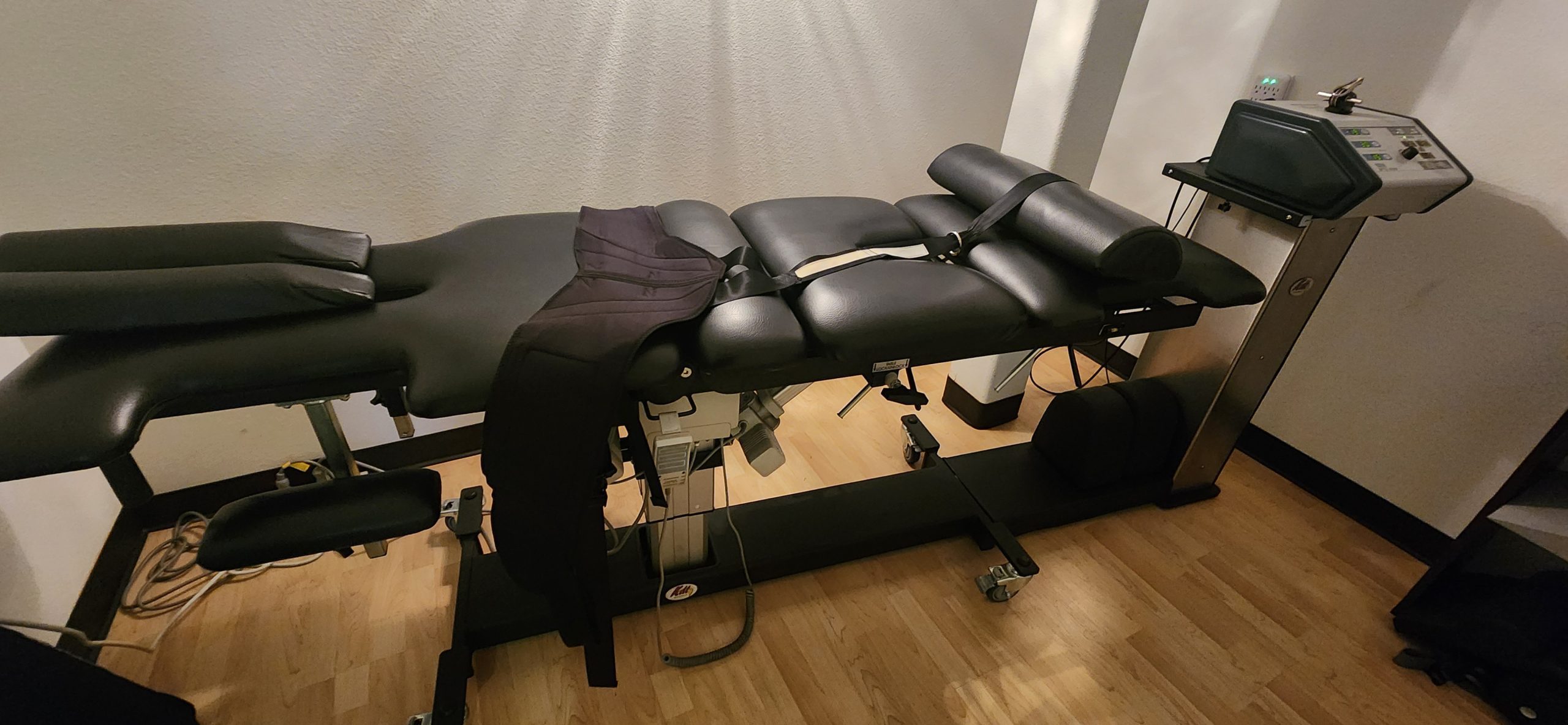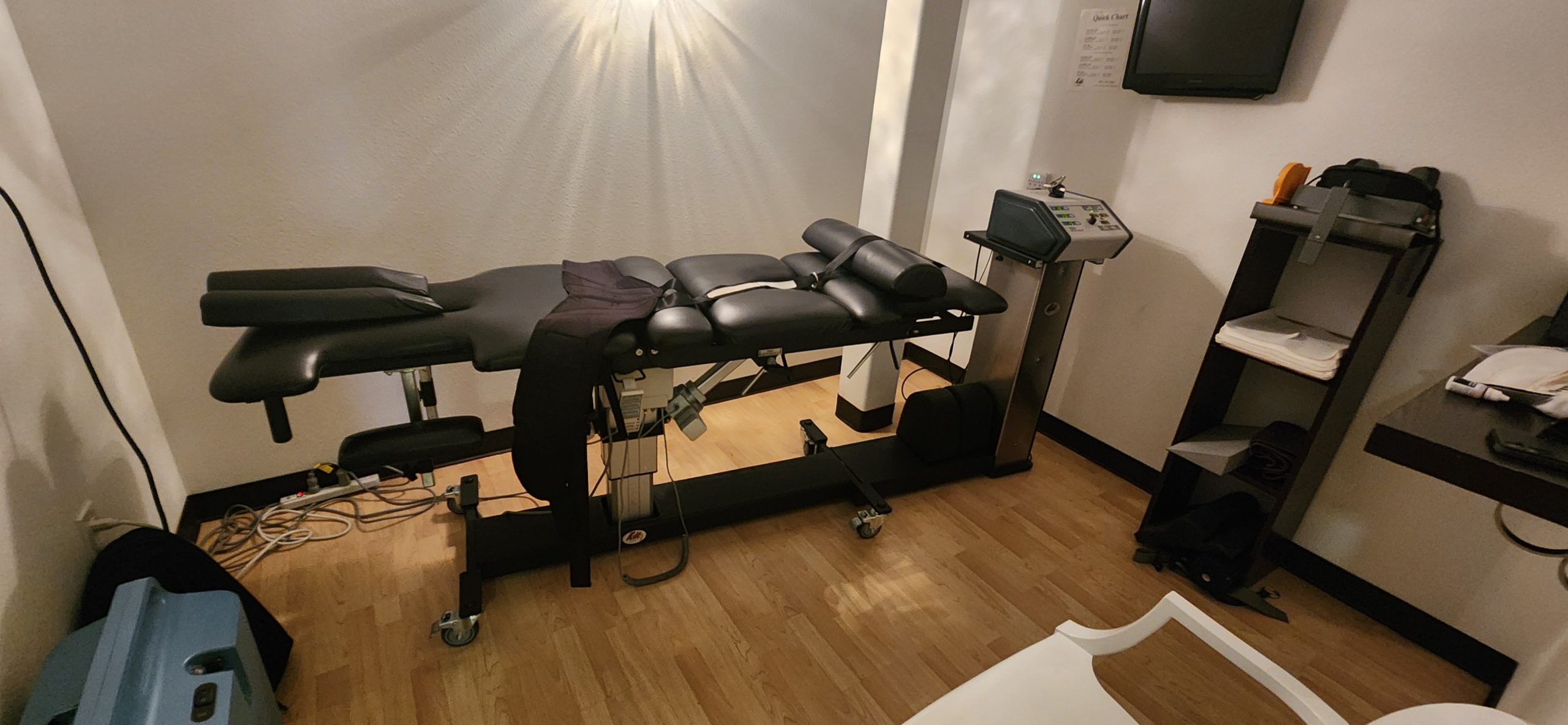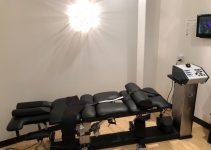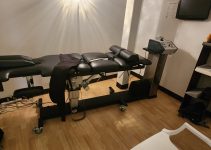
Every year, millions of Americans are affected by chronic back pain, which leaves them in an unpleasant state and unable to reap the benefits of life entirely. Alongside physical pain, many people with back pain develop a host of psychological side effects, including anxiety, depression, or a general low mood. Chronic back pain can be all-consuming for a lot of people.
Poor movement, even limited range, can be caused by back pain, and that could seriously affect people’s mobility and their day-to-day life and work. Thankfully, as technology continues to evolve, several revolutionary treatment options for the spine have been invented to help ease pain and discomfort. Discover spinal decompression therapy and how it can relieve your back pain.
What Is Spinal Decompression Therapy?
Spinal decompression therapies are a drugless, nonsurgical therapy available for the treatment of back pain and neck pain. It is also known as motorized traction therapy. Through controlled stretching, nonsurgical spinal decompression can reduce pressure on the spinal disks and nerves, resulting in relief from pain and discomfort.
Nonsurgical Spinal Decompression Therapy
The gentle reduction of the spine can help bring in necessary nutrients to the injured site and accelerate the healing process. There are several stretching and relaxing cycles in a nonoperative spinal decompression therapy session. Each session provides additional relief from tension, decompresses the spinal disc, and offers back traction.
As with other nonsurgical spine treatments, decompression therapy is provided on a table and performed by a licensed professional. The patient wears a harness around his lower back and is secured to the traction motor assembly controlled by your chiropractor or the doctor’s staff member.
This machine uses gentle traction to create space between the vertebrae, allowing fluids, nutrition, and oxygen to enter the disks that have collapsed due to spinal compression. The fluid helps to heal the spine and lowers the pressure.
Several patients’ seeking nonsurgical spinal decompression must have several treatments to achieve the best results. The exact treatment schedule will differ for each patient, but on average, they need to attend sessions 3 times a week for four weeks, equaling 12 sessions. Some patients may require 20 to 100 sessions for more serious back conditions. Some patients notice small gains in pain and discomfort as early as two to three sessions.
How Spinal Decompression Works
With this type of treatment, you get the applied concept of spinal traction, as Osteopaths and Chiropractors have always performed it. Spinal decompression intends to provide an optimal healing environment for bulging, degenerated, or herniated disks. Spinal decompression may help reduce pressure on the disk, allowing more nutrients to come in and heal it.
Optimal Healing Environment
Another objective of nonoperative spinal decompression is to produce negative pressure on the intervertebral discs to aid in repositioning a bulged or herniated disc and its disc material. Patients undergo spinal decompression while fully clothed.
Spinal decompression treatment begins with the patient lying on a decompression table, face up, while a harness is fitted snugly around the hips. The harness is connected to a traction motor assembly to administer the treatment by the doctor or staff trained in the procedure. You can customize each spinal decompression treatment setting on the traction motor assembly component and the decompression table for your patient. The doctor decides the number of therapies required for optimal results.
What Spinal Decompression Therapy Treats
Nonsurgical spinal decompression therapy is a modern type of traction that effectively treats neck, arm, leg, and lower back pain caused by herniated, ruptured, or degenerative disc disease. If you suffer from any of these symptoms that are indicative of a neck or back issue, spinal decompression may be a recommended course of action.
Some of the primary conditions spinal decompression might help alleviate are:
- Sciatica: Sciatica may cause pain through the path of the sciatic nerve that travels from the lower back through the buttocks, hips, and down the legs. Sciatica can be unilateral (affecting one side of the body) or bilateral (affecting both). It occurs due to a compressed nerve, often caused by herniated disks, spinal stenosis, or bone spurs, and many people develop it.
- Degenerative disk disease: Disk degeneration is a regular part of the aging process, but degenerative disk disease occurs when degenerated disks cause pain, discomfort, and other symptoms. Research has reported that approximately 30% of the adult population will present with disk degeneration by age 35. One of the most prevalent degenerative disk disease symptoms includes pain that worsens when sitting, bending, lifting, or twisting.
- Spinal stenosis: Stenosis refers to when the spaces in the spine become narrowed, putting pressure on the nerves that run through the spinal column. Stenosis arises most commonly in the neck and lower back. Some patients with spinal stenosis don’t have symptoms; others experience pain, numbness, tingling, and muscle weakness.

Final Thoughts
Nonsurgical spinal decompression treatment is a safe, effective, and drug-free option for treating chronic back pain and a variety of spinal issues such as sciatica, herniated/ bulging discs, degenerative disc disease, and spinal stenosis.
Through subtle decompression of spinal discs and nerves, this revolutionary care optimizes the body’s healing abilities and may help patients experience an increase in mobility and overall well-being. For those who want long-term relief without surgical risks, spinal decompression therapy can be the solution. If you suffer from chronic back pain and it is preventing you from living your best life, then nonsurgical spinal decompression is worth a look.

